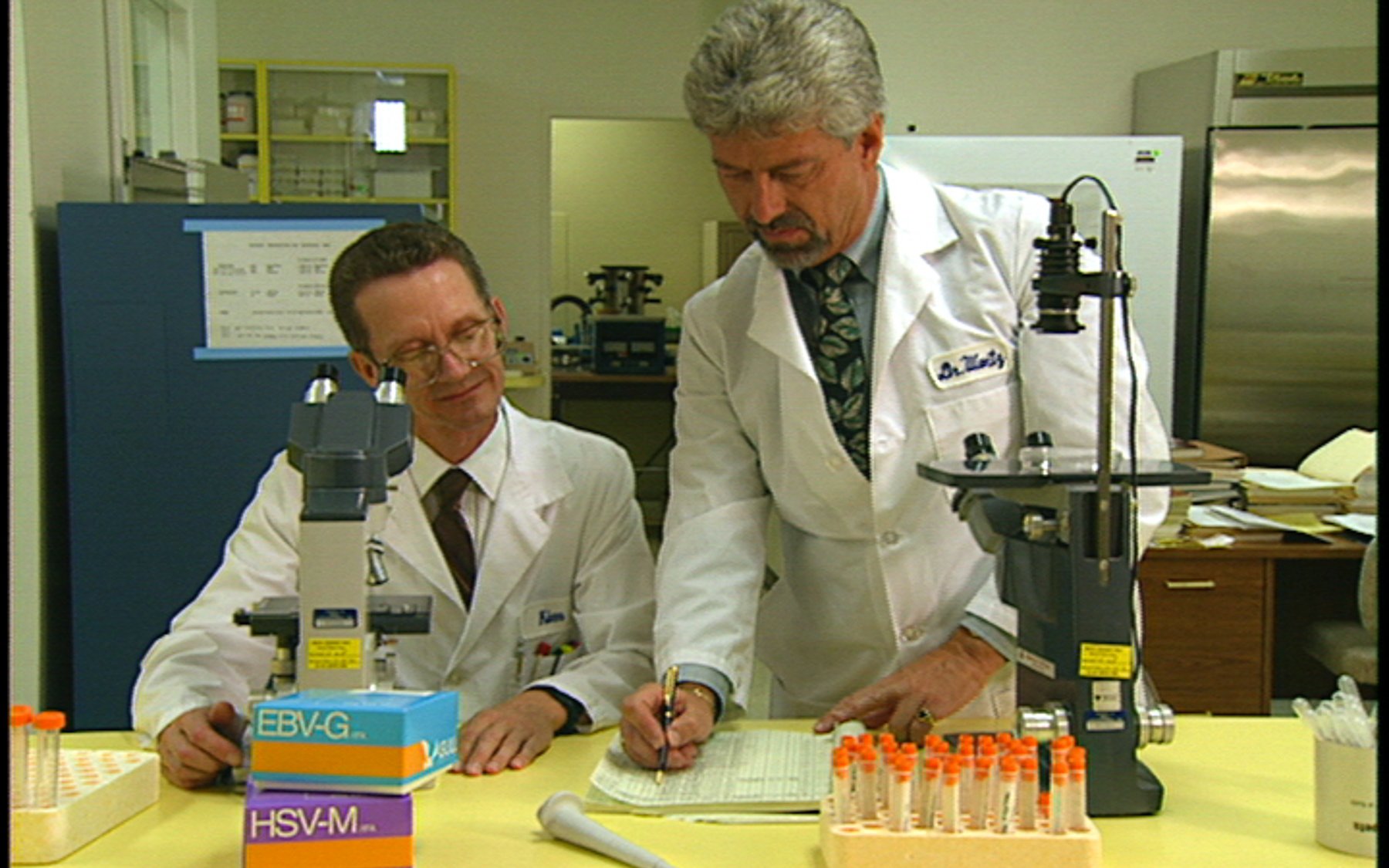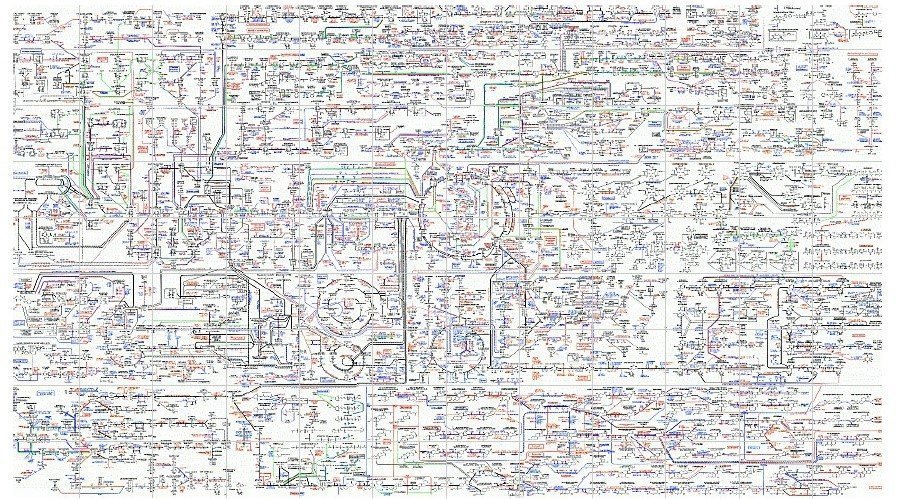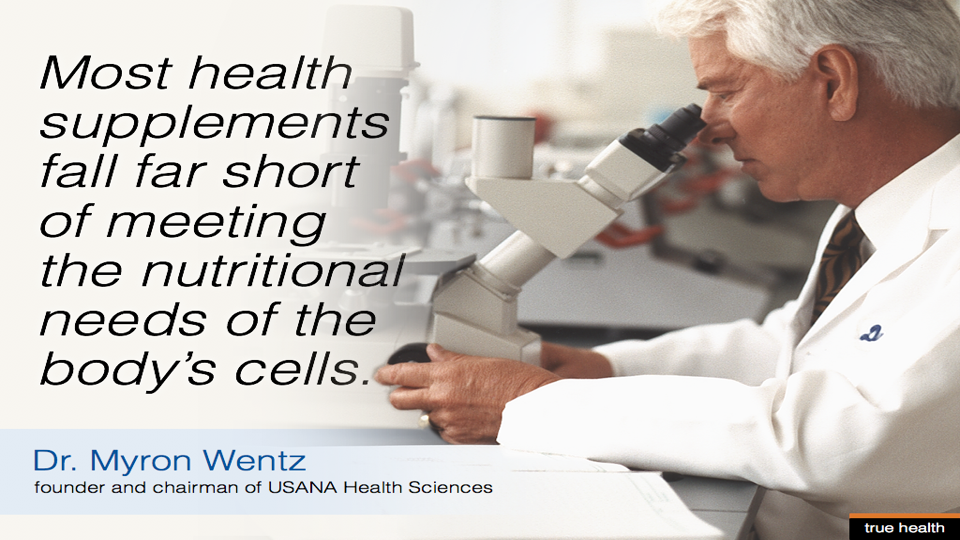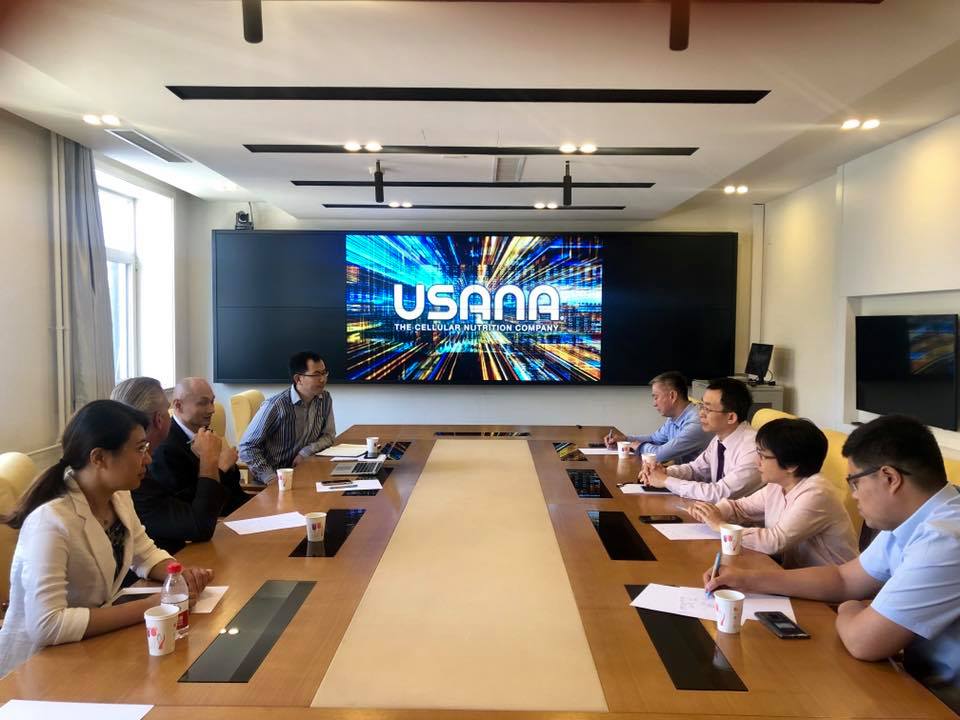Studies as far back as the 1960s and 70s looked at the higher rates of infection in malnourished children in developing countries in comparison with those who were adequately nourished. These were epidemiological (population) studies. But laboratory research has been demonstrating the role of micronutrition in cellular immunity for decades, too.
“There’s no virus that can penetrate a healthy cell fed with nutrition at optimal levels.”
Dr Myron Wentz, PhD Microbiology, specialty in immunology
This was the bold statement made by Dr. Myron Wentz in 2019. On the face of it, this seems like a fairly outrageous claim. But the word “healthy” is key. What if the pandemic is showing us that there is a deeper underlying problem with the health of millions of people (and their cells) on this planet? As individuals, given the situation we are faced with, perhaps now is the time to be listening to the messages being shared by specialists in viral behaviour at a cellular level, and not just the epidemiologists and the creators of computer models looking at viral spread in populations. Dr. Myron Wentz’s credentials as an eminent microbiologist and immunologist put him in the first category.
What makes Dr. Wentz unusual is that he has transferred the decades’ worth of knowledge he gained working with human cells in the laboratory to practical application.
Dr. Wentz founded Gull Laboratories in Salt Lake City in the early 1970s. He spent 20 years developing and manufacturing more than 30 different diagnostic tests designed to detect infections and certain autoimmune disorders. Many of these assays were FDA firsts, and Gull’s greatest success was the creation of the first commercially available test for the diagnosis of Epstein-Barr virus infection.

Dr. Wentz’s painstaking work with cellular nutrition provided him with a unique knowledge of how to keep human cell cultures alive in the laboratory indefinitely. He arrived at a nutrient formula that made his cells so healthy that he could not get the viruses he was trying to introduce to them to take hold. This, then, is the background to his bold statement above. When it came to developing viral diagnostic kits, cells brimming with health were unhelpful to Dr. Wentz’s research as they would continually reject the viruses, and so something had to be done to weaken the cells to make them susceptible.
Interestingly, the researchers at Gull Laboratories used iron (a pro-oxidant) initially, to try to weaken the cells, but they were weakened so drastically that they died. (This should be a warning to anyone using iron supplements indiscriminately for “energy”. Iron supplementation should only be done if you have diagnosed anaemia: it is known to contribute to the oxidation of LDL cholesterol, which is part of the aetiology of heart disease.) When an excess amount of copper was introduced, however, this was found to weaken the cells just enough to accept the virus.

It is countless experiences like these (working with each individual nutrient in varying doses and potencies, exploring the synergies between nutrients, and the interactions with enzymes) that are pieced together to form a complete understanding of what the different types of human cells need to function to their maximum potential. That potential includes the ability to ward off viruses and deal with pathogens and toxins, free radicals and metabolic waste products. The whole picture is vastly complex, and 40 quadrillion reactions take place in our bodies every single second. The scientists who understand the full picture are rare, but even rarer are those who take this knowledge and apply it at the macro level — in the cells of real, everyday people.
Gull Laboratory’s contributions to the field of disease detection played a critical role in the world health arena, but Dr. Wentz believed the prevention of disease was even more important. Free radicals in the human body are believed to be the cause of most degenerative diseases, and Dr. Wentz saw the need for supplementing with antioxidants to counter the negative effects of free radicals. And as we’ve seen, a cell weakened by oxidative damage and degeneration is a cell that is less able to defend itself from viruses and other pathogens. Dr. Wentz concluded that the single most effective thing people could do to prevent disease was to receive proper nutrition at the most basic level—in each individual human cell.

Looking into the nutritional supplements available on the market at the time, Dr. Wentz says that there was no product on the shelves that would have kept his cell cultures alive in the lab. Dr. Michael Colgan, PhD, an internationally renowned research scientist in the field of nutrition and anti-aging, recognised Dr. Wentz as having unique scientific knowledge that was transferrable to human health, and urged him to bring this to the wider public. He said of the work going on at Gull:
On the research front, the latest development will yield nutrient supplements superior to anything that has been made before. Respected microbiologist Dr Myron Wentz of Gull Laboratories, Salt Lake City, Utah, is starting to test for nutritional optima by growing human cells in vitro (in the test tube). By feeding the cells different nutrient combinations, he aims to determine which combinations produce the best growth, the best resistance to disease, and the longest life. It is an advance in nutrition science that coincides well with the dawn of the third millennium.
Dr Michael Colgan, Optimum Sports Nutrition, 1993
Dr. Wentz took the decision in 2007 to close Gull Laboratories and divert his knowledge and resources into setting up his own cellular nutrition company.
“My assays became the gold standard in the diagnostics industry because I grew healthier cells than others did.”
Dr. Myron Wentz
“The products I set out to develop two decades ago were not the result of a list of ingredients that I got out of a book. They were born from years of experience of observing the effects of individual nutrients on the health and longevity of the cells in my cultures. My assays became the gold standard in the diagnostics industry because I grew healthier cells than others did. I nutriented my cells better than my colleagues, which allowed me to create non-defective and complete viral antigens.
“Every virus has a target host cell that it prefers, and since I produced assays for every human virus of diagnostic importance, I grew many different kinds of human cells. To do that, I needed to provide these cells with ideal growing conditions, and I especially needed to provide them with nutrition containing the right ingredients, in the right form, and in the correct balance.
“I knew that certain elements interacted with each other and therefore needed to be in precise balance in the body. It’s so important for cell function that nutrients be in proper balance. I made it our goal from day one to develop and provide the most complete and potent antioxidant formulation possible, and we have done that and continue to do that. I assure you, there is much more to creating life-changing products to simply choosing ingredients from a list.”
Outstanding Achievement in the Life Sciences
We as living, breathing humans are anything but an in vitro experiment, faced as we are with the daily onslaughts of pollution, stress, toxins, poor sleep, too little or too much exercise — the variable parameters are endless; but every endeavour needs a benchmark — an ideal which we can strive for on a daily basis. As far as our quest for optimum health and lifespan goes, the in vitro tests provide the foundation to ongoing research into optimum nutrition — the piece of the health jigsaw that is probably the easiest one to follow.
Nearly thirty years on from Dr Colgan’s accolade, Dr. Wentz’s vision has materialised into a billion dollar company listed on the New York Stock Exchange. His insistence on scientific rigour in striving towards his lofty goal of a world “free from pain and suffering” translates into a research and development team with over 80 scientists including 18 with PhDs. An investment of such proportion means that the company stays at the forefront of nutritional science, and engages in groundbreaking research into subjects like cell-signalling, Traditional Chinese Medicine, mental health, the microbiome and personalised nutrition, all of which are being implemented in the company’s latest product lines and are trialled on patients at their cutting-edge research hospital, Sanoviv.

The unique story of a nutritional company born out of decades of viral diagnostics research and development is an especially poignant one while the world is obsessing about protecting our cells and bodies from Coronavirus. But the significance shouldn’t stop there, and the main focus of USANA Health Sciences always has been on the prevention of chronic degenerative disease. Perhaps this unprecedented situation of a world on lockdown will create a new paradigm — one where people start to take charge of their health and protect themselves from both chronic disease as well as viral or bacterial infections.
For information on USANA’s nutraceutical range, please use the form below to request a catalogue or to set up customer account to obtain wholesale prices.
We are looking to expand our team! If you would like more information on partnering with USANA Health Sciences as an independent distributor, please get in touch using the contact form below.
[contact-form][contact-field label=”Name” type=”name” required=”1″/][contact-field label=”Email” type=”email” required=”1″/][contact-field label=”Comment” type=”textarea” required=”1″/][/contact-form]





Thanks….a great understanding of the situation & appreciate measures suggested…. beautifully written.
Keep on writing such blogs & sending links.
Great.
Thank you Deep, much appreciated.
Good article Angela and more relevant now than ever….. it’s so important to keep living full lives for as long as we can.
Thank you Jane, I think this period will make a lot of us re-evaluate our lives.